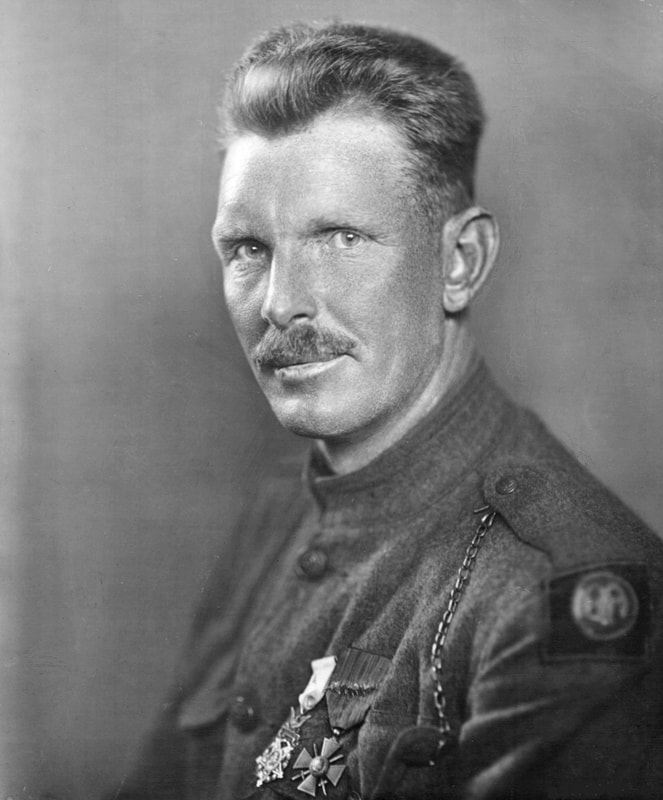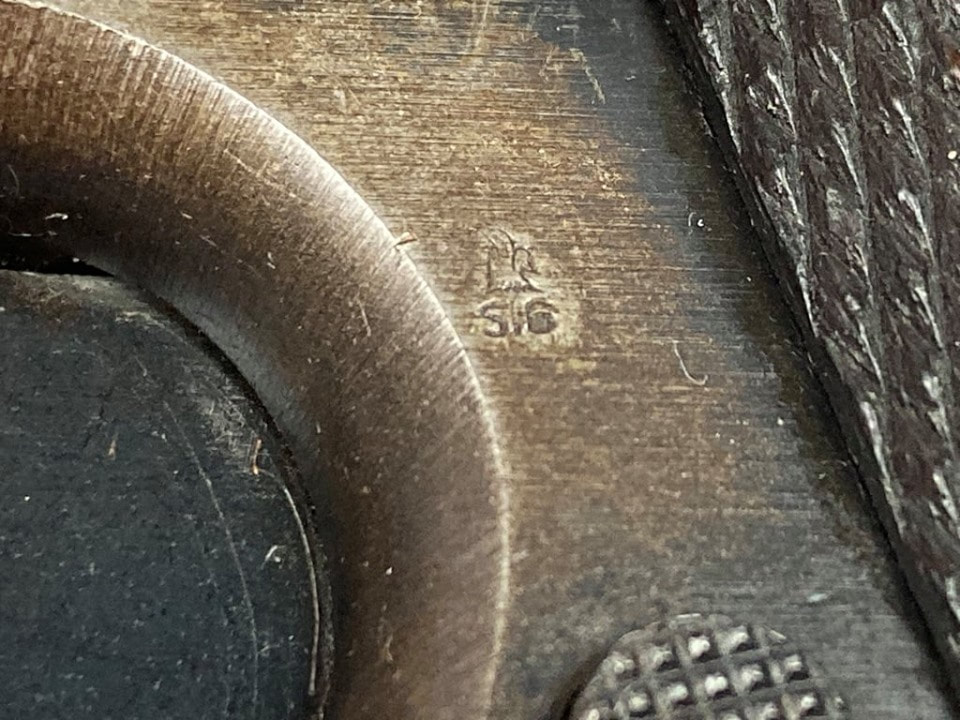|
On 08 October 1918, Corporal Alvin York of the 82nd Division performed arguably the greatest American feat of individual bravery during the First World War (another notable contender, and much less known, is Henry Johnson, AKA "Black Death" of the Harlem Hellfighters -- I'll write about that badass when I get the right relics). On 08 October 1918, Corporal Alvin York of the 82nd Division performed arguably the greatest American feat of individual bravery during the First World War (another notable contender, and much less known, is Henry Johnson, AKA "Black Death" of the Harlem Hellfighters -- I'll write about that badass when I get the right relics). “I teched off the sixth man first; then the fifth; then the fourth; then the third; and so on. That's the way we shoot wild turkeys at home. You see we don't want the front ones to know that we're getting the back ones, and then they keep on coming until we get them all. I knowed, too, that if the front ones wavered, or if I stopped them the rear ones would drop down and pump a volley into me and get me.” At the end of the day CPL York silenced the German machine gun position and took 132 prisoners, basically single-handedly. He was almost immediately promoted to Sergeant and awarded the Distinguished Service Cross, which was later upgraded to the Medal of Honor. After the war York resisted most offers to monetize his heroics for personal gain, mainly focusing any such gain towards charitable and religious organizations. He did eventually consent to the famous 1941 film starring Gary Cooper (and wrongly showing him using a Luger, apparently b/c of technical issues with blank firing), which helped prepare America for entry into WW2. A vocal interventionist, York put his money where his mouth was and attempted to enlist during WW2 but was denied a combat slot. Instead he went on to serve during WW2 as a Major in the Signal Corps, building support on the home front. The Model 1911 was officially adopted by the US Army in March of 1911 in order to replace unsatisfactory .38 caliber revolvers, aging Colt Single Actions, and stop-gap double actions chambered for .45 Colt. This hefty chunk of steel and walnut is probably the most iconic American sidearm around, and was cutting edge technology in 1918 when it was used by CPL York. What makes his feat of pistol marksmanship even more impressive is that the m1911 has a magazine that only holds 7 rounds, and it is unlikely that he "topped off" the magazine after chambering his first round. 7 cartridges for 6 Germans on the run... I'm a decent shot, but I don't know if I would like those odds! This particular pistol was manufactured by Colt in mid-1918, so MAYBE made it over in time for the final offensive that ended the war on 11 November 1918. Either way it escaped any post-war rebuild programs, and still wears its original (now worn) finish, along with the double-diamond wood grips. So what happened to the real guns of SGT York? Well they were lost or stolen while on their way back to the US and the whereabouts are unknown. So next time you spy an old worn-out m1911, you might be looking at a firearm present at one of the most remarkable moments in WW1.
0 Comments
Leave a Reply. |
Jon K.Weapons collector, history buff, Army officer, Pug enthusiast. Archives
December 2020
Categories
All
|









 RSS Feed
RSS Feed
